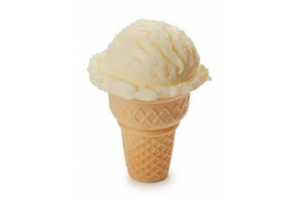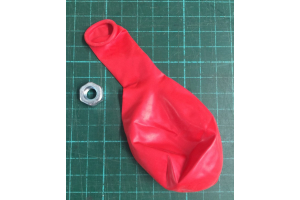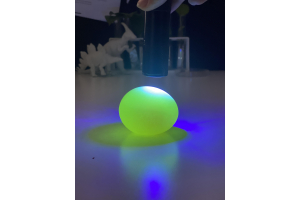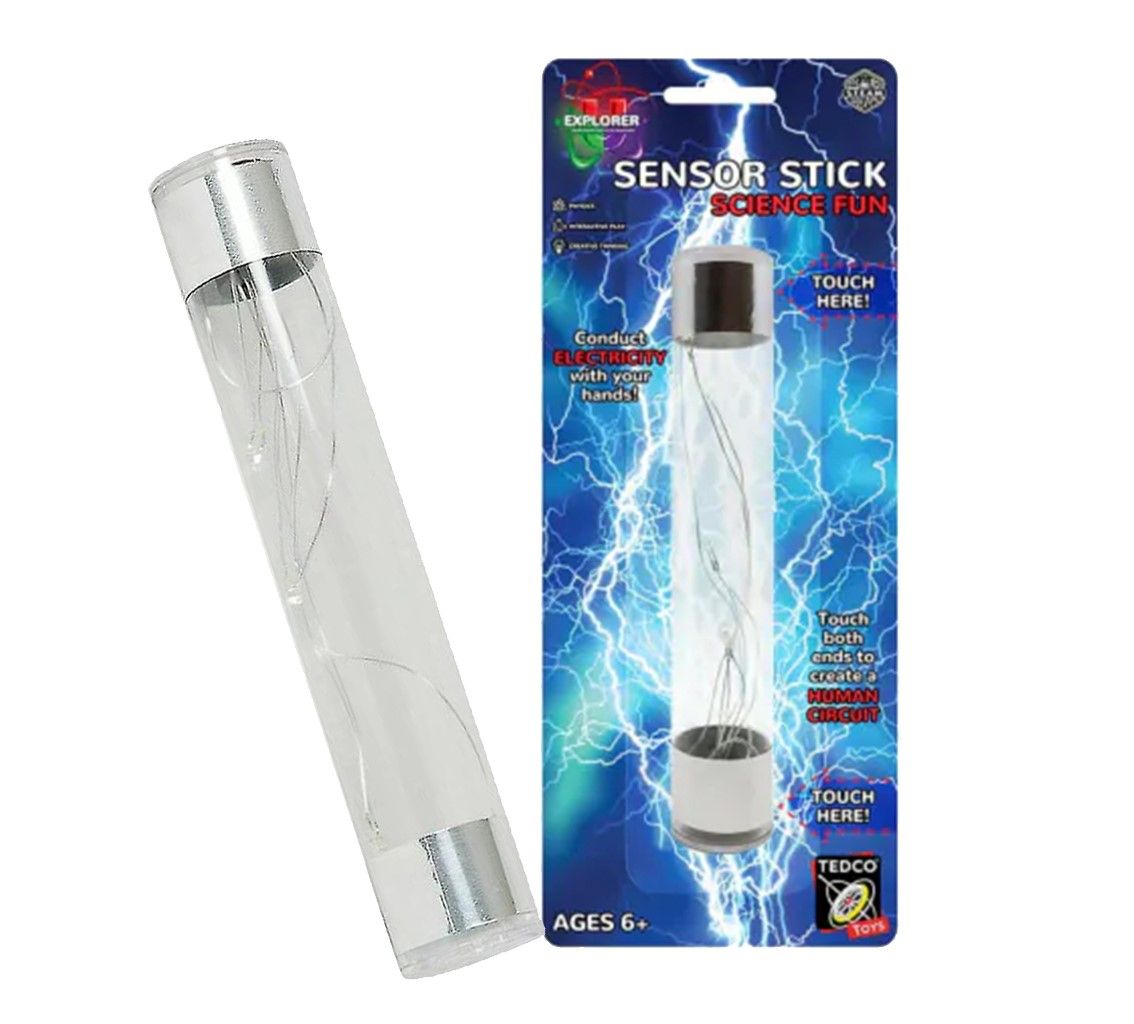Colour Change Carnations
Posted:
July 26, 2017
Categories:
Plants
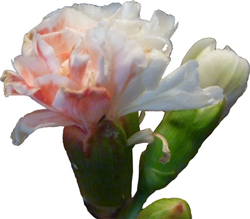
Colour Change Carnations
See how water is absorbed into a plant by changing carnations cool colours.

Suitable for kids aged 4+ with parental supervision. Only adults should cut the flowers.
You Need:
- 6 x white carnation
- 6 x cups
- Food colouring (red, yellow, blue and green)
- Knife (to be used only by an adult)
- Water
What to do:
- Fill each cup half full with water.
- Add about 30 drops of colouring into four different cups. One cup with blue colouring, another red, one yellow and one green. The more food colouring the better.
- Before placing any of the flowers in coloured water, have an adult make a fresh diagonal cut at the end of each stem. Ideally cut the flower stems underwater, to avoid any air getting into the stem tubes.
- Place one freshly cut carnation into each of the four cups of coloured water. Save the remaining two carnations for later. Which colour will be soaked up first? How long does it take? Do other white flowers work? li>
- Now its time to use the other two carnations. Have an adult cut the stem straight down the middle. Do not cut all the way to the flower head. Put each half of the stem into a cup of different coloured water (ie. One blue and one red, or one red and one clear). Will the colours mix? Remember to keep the stems wet at all times and to make fresh cuts.
- Check the flowers every couple of hours to see the progress of the colour. It may take as long as 2 days for the colour to work its way up to the white petals. Remember to examine the whole plant carefully including the stems, leaves, buds and petal to find every trace of colour.
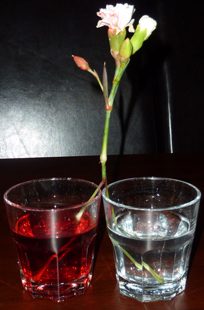
Why is it so?
Plants obtain (or drink) their water from the ground through their roots. The water travels up the stem of the plant into the leaves and flowers where it makes food.
Cut flowers no longer have their roots, but water still travels up the stem to the leaves and flowers through a process called capillary action. As water evaporates from the leaves, flowers and petals (transpiration) more water is pulled up the stem of the plant. Just like sucking on a straw. This happens because water can stick to itself (water cohesion) and the tubes in the plant stem are very small.
Adding colour allows you to see the movement of water through the plant easily and does not harm the plant in any way. Splitting the stem proves that the tiny tubes in the stem run all the way from the stem to the petals of the flowers.
Just like the coloured dyes in this experiment, some chemicals that pollute our waters can get into the soil and ground water and contaminate plants. Sadly, these pollutants can affect the health of the plant and its growth.
Cut flowers no longer have their roots, but water still travels up the stem to the leaves and flowers through a process called capillary action. As water evaporates from the leaves, flowers and petals (transpiration) more water is pulled up the stem of the plant. Just like sucking on a straw. This happens because water can stick to itself (water cohesion) and the tubes in the plant stem are very small.
Adding colour allows you to see the movement of water through the plant easily and does not harm the plant in any way. Splitting the stem proves that the tiny tubes in the stem run all the way from the stem to the petals of the flowers.
Just like the coloured dyes in this experiment, some chemicals that pollute our waters can get into the soil and ground water and contaminate plants. Sadly, these pollutants can affect the health of the plant and its growth.

